- Joined
- Apr 29, 2016
- Messages
- 17
Honestly, not too sure what he's using.
When I've used 6061 in the past (mainly methanol or kerosene) it held up fairly well.
It's easier to get an ablative film to use at least while assembling/testing and save the true surface for flight, but eh.
When I've used 6061 in the past (mainly methanol or kerosene) it held up fairly well.
It's easier to get an ablative film to use at least while assembling/testing and save the true surface for flight, but eh.


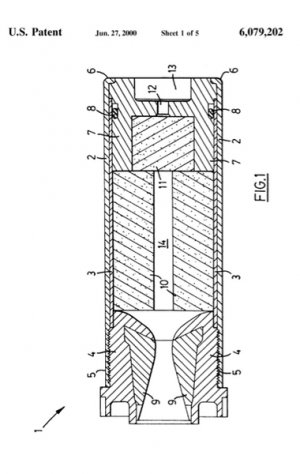
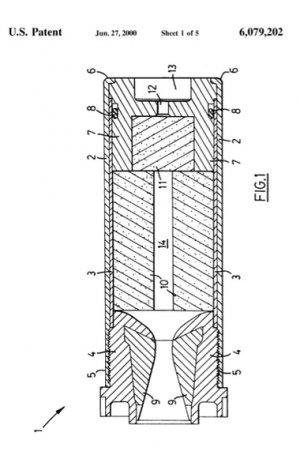
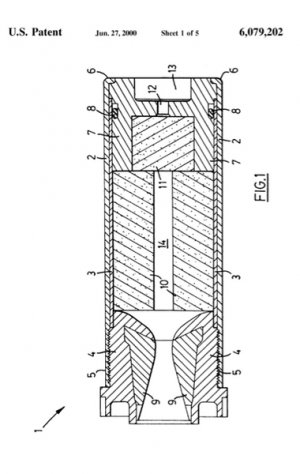
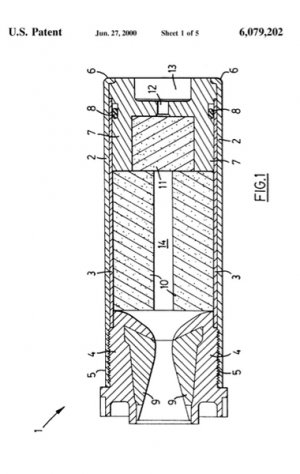
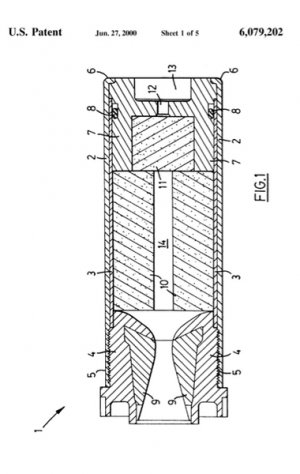
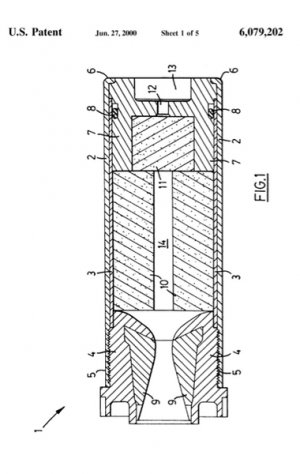
 Steve Shannon, P.E.
Steve Shannon, P.E.